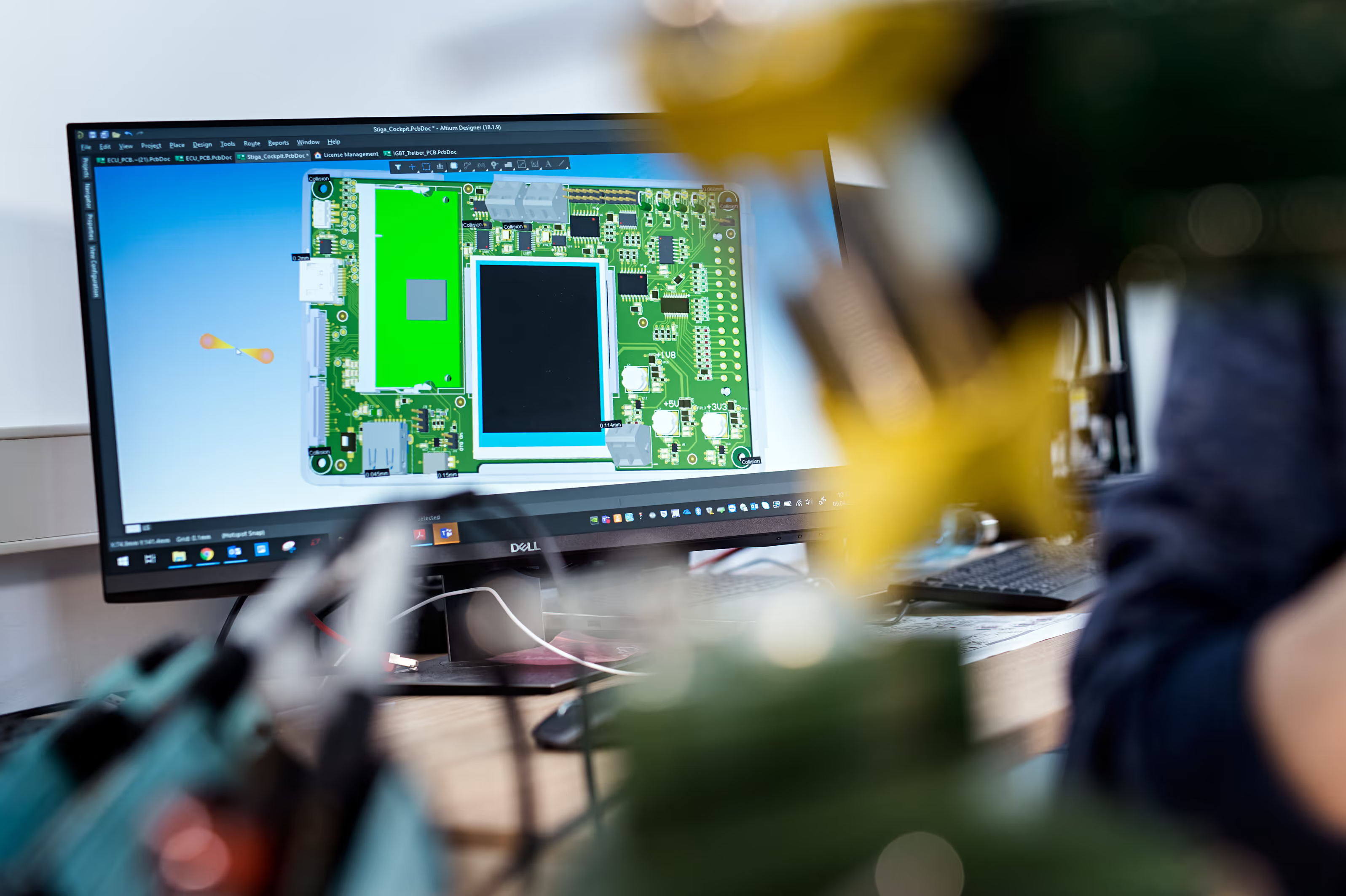State of Charge (SOC)
State of Charge (SOC) is a measure of the remaining capacity in a battery, expressed as a percentage of its full capacity under specified conditions.
What is the State of Charge (SoC)?
State of Charge (SOC) quantifies the available energy in a battery relative to its maximum capacity, serving as a vital indicator for battery health and usability. This section delves into the fundamentals and significance of SOC, providing a foundation for advanced discussions tailored to industry experts.
Definition and Core Concepts
SOC is defined as the ratio of the remaining charge to the nominal capacity, typically expressed as a percentage. It is influenced by factors such as temperature, discharge rates, and aging, requiring precise measurement techniques to avoid errors that could lead to system failures or reduced lifespan.
Importance in Battery Management
For professionals, SOC is critical in battery management systems (BMS) to ensure safe operation, prevent thermal runaway, and maximize cycle life. Inaccurate SOC can result in inefficient energy use, increased costs, and compliance issues, underscoring the need for robust estimation methods.
Methods for SOC Estimation
Estimating SOC involves a range of techniques, from simple calculations to complex algorithms, each with its advantages and limitations. This section explores the most widely used methods, highlighting their applicability in professional settings.
Coulomb Counting
Coulomb counting, or current integration, tracks the net charge flow in and out of the battery. While straightforward, it suffers from drift due to measurement inaccuracies and capacity fade, necessitating periodic calibration for reliable results in long-term applications.
Voltage-Based Methods
Voltage-based SOC estimation relies on the relationship between open-circuit voltage and charge level. This method is simple but less accurate under dynamic loads or varying temperatures, often requiring compensation models to improve precision in real-world scenarios.
Advanced Estimation Techniques
Advanced approaches, such as Kalman filters and machine learning algorithms, incorporate multiple parameters like temperature and internal resistance to enhance accuracy. These methods are increasingly adopted in high-stakes environments like electric vehicles, where real-time, reliable SOC data is non-negotiable.
Challenges in SOC Measurement
Despite technological advances, SOC estimation faces significant hurdles that professionals must address to ensure system reliability. This section outlines common challenges and potential solutions, drawing on industry insights.
Temperature Effects
Temperature variations alter battery chemistry, leading to SOC inaccuracies. Implementing temperature compensation in BMS designs is essential, especially in extreme climates, to maintain performance and safety standards.
Aging and Capacity Fade
As batteries age, their capacity diminishes, complicating SOC calculations. Regular testing and adaptive algorithms can mitigate this, but it requires ongoing monitoring and updates to estimation models to reflect true battery health.
Electric Vehicles (EVs)
In EVs, accurate SOC is crucial for range prediction, charging optimization, and battery longevity. It integrates with vehicle control systems to enhance driver experience and meet regulatory requirements, making it a top priority for OEMs and suppliers.
Renewable Energy Storage
For grid-scale and residential energy storage, SOC management ensures stable power supply and maximizes return on investment. It supports load balancing and peak shaving, aligning with sustainability goals and operational efficiency.
Conclusion
State of Charge is more than a technical metric; it is a linchpin for advancing battery technology, enabling smarter, safer, and more efficient systems. As the industry evolves, continuous improvement in SOC estimation will be key to unlocking new possibilities and addressing global energy challenges.
Support from PEM Motion
Navigating the complexities of SOC and battery technology requires expert guidance. PEM Motion, an international engineering and consulting partner, supports battery manufacturers, component suppliers, OEMs, and EV producers by offering comprehensive services in Battery Testing & Compliance, BMS Solutions, Training, and Operations Support. From testing procedures to documentation and adherence to international standards, PEM Motion helps clients streamline development, ensure safety, and achieve compliance, driving innovation in the battery sector.
Our Focus
What we do

BATTERY Compliance
We ensure your batteries meet all compliance standards for safety and performance.

OPERATIONS & TRAINING
We empower your team with comprehensive training and operational consultation for battery technology and energy storage solutions.

BMS SOLUTIONS
We offer a wide range of Li-Ion battery solutions and Battery Management Systems for various industries.












